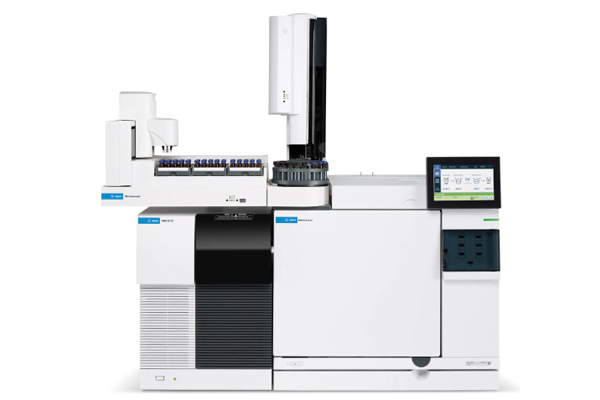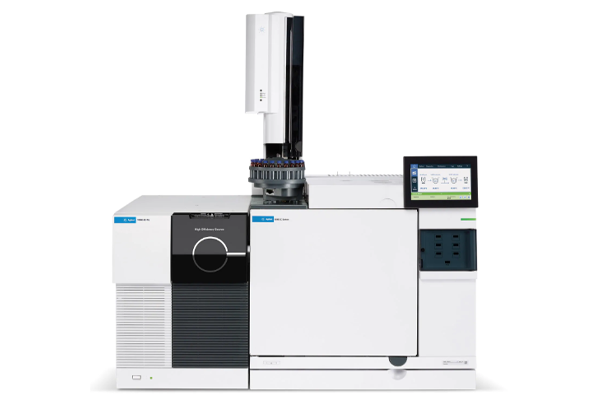- Home
-
Product & Services
Instruments
- + Chromatography
- + Mass Spectrometry
- + Sample Preparation
- + Titration
- + Electrochemistry
- + Ion Analysis
- + TOC Analyzer
-
+ Spectroscopy
- Atomic Absorption
- Spectrometers
- MP-AES
- ICP-OES
- ICP-MS
- Microwave Digestion
- Microwave Ashing
- Microwave Synthesis
- Clean Chemistry
- UV-Vis & UV-Vis-NIR
- Fluorescence Spectrometry
- Uv-Vis/NIR and RAMAN Microspectrometer
- Fluorescence Spectrometry
- Uv-Vis/NIR and RAMAN Microspectrometer
- FTIR
- Raman Spectroscopy
- Raman Spectroscopy
- LDIR Imaging
- High-tech particle sizing
- X-ray Fluorescence (XRF)
- X-ray Diffraction (XRD) and Scattering
- 3D X-ray Microscopy for Material Science
- Single Crystal X-ray Diffraction
- Nuclear Magnetic Resonance
- Electron Paramagnetic Resonance
- Preclinical MRI
- Nuclear Molecular Imaging
- Magnetic Particle Imaging (MPI)
- Micro-CT for Life Science
- + Elemental Analysis
- + Physical Properties
- + Weighing Solutions
- + Lab water systems
- + LifeScience
- + Vaccum Products
- + Pyrolyzers
Consumables
- Clients
- Partners
- About Us
- Contact Us
 العربية
العربية
Triple Quadrupole GC/MS
Extensive range of GC/MS instruments
Agilent’s portfolio of GC/MS instruments provides comprehensive capabilities, allowing users to achieve sensitive, robust, and reliable GC/MS analysis of any sample in a routine setting. The Agilent 7000D and 7010B GC/TQ systems give the ultimate in GC/MS/MS robustness, performance, and sensitivity for targeted analysis.
Request Info/QuoteHighlight of the Product Offering
7000D Triple Quadrupole GC/MS
The Agilent 7000D Triple Quadrupole GC/MS is the latest model of the most successful GC/MS/MS in history. The right choice for most applications, the 7000D is the fourth-generation version of the GC/TQ used by agencies around the world to create and validate many now-standard GC/MS/MS methods.

7010B Triple Quadrupole GC/MS
The Agilent 7010B Triple Quadrupole GC/MS is the most sensitive version of Agilent’s compact benchtop triple quad (MS/MS) systems, providing attogram detection limits in Electron Ionization (EI) mode. The breakthrough in sensitivity allows you to optimize sample preparation, reduce maintenance cycles by injecting less, or achieve new detection limits.

